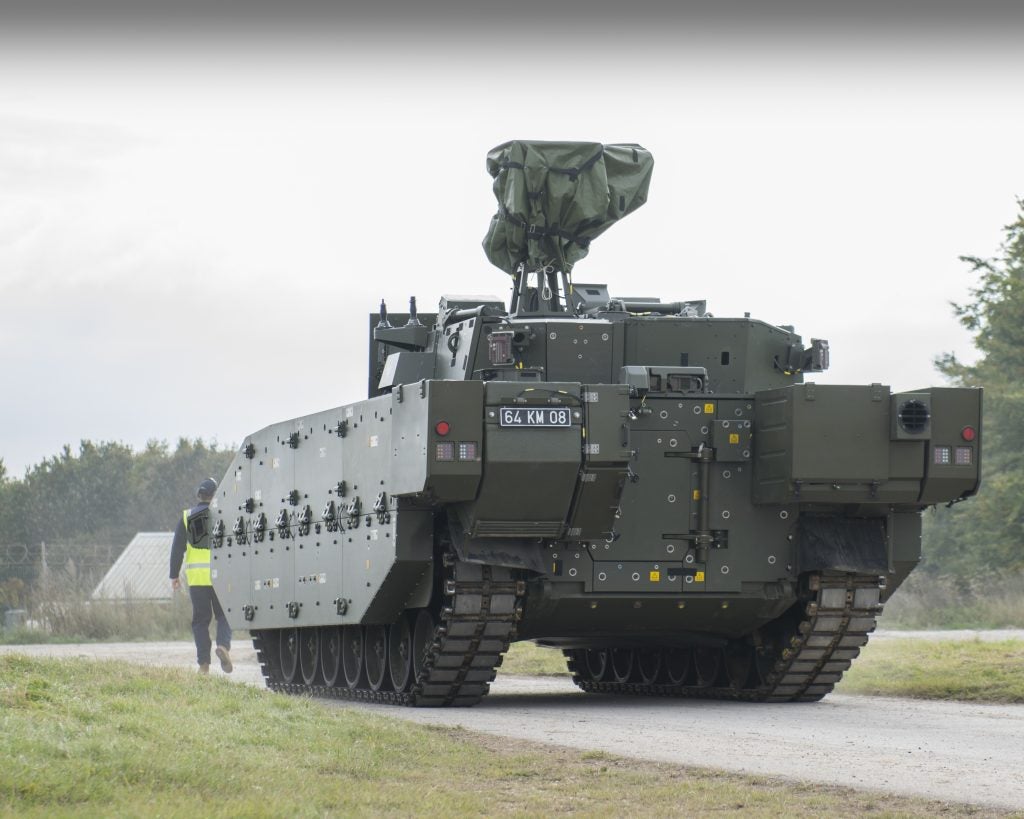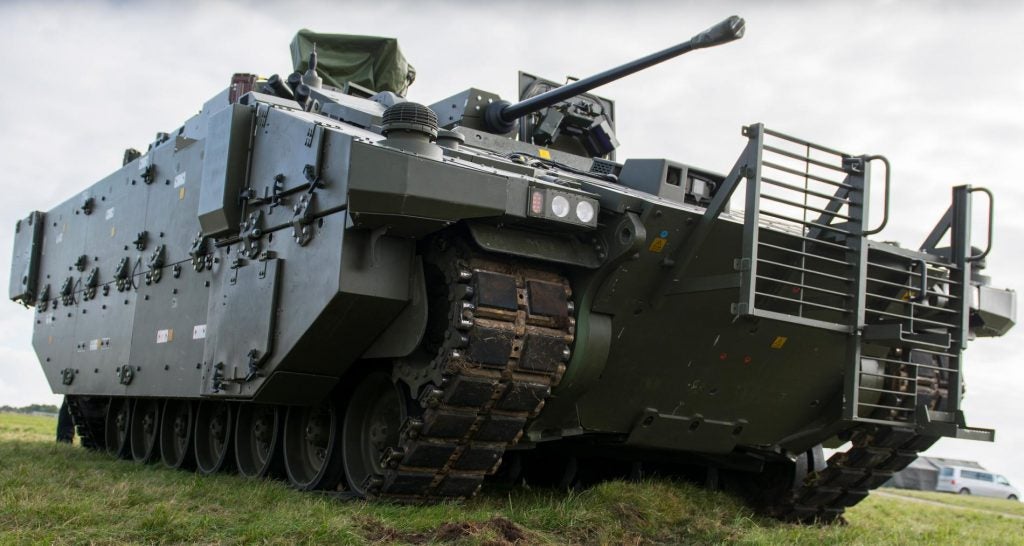“Complex Combination” Of Institutional Weaknesses Allowed Ajax-Related Hearing Injuries
The Director of Health, Safety and Environmental Protection (HS&EP) for the United Kingdom’s Ministry of Defence (MOD) has released a report on HS&EP’s review of noise and vibration issues experienced by the Ajax family of cavalry vehicles being developed for the British Army.
The report states that the root cause of potential harm to British Army personnel as a result of noise and vibration issues of Ajax during trials was not a failure by a single individual or defence organization, but rather:
“It was a complex combination of the Armed Forces’ relationship to harm and weaknesses in MOD’s acquisition system. The impact of Covid was also felt, both delaying trials and making communication more difficult.”
Additionally, the report notes that the Army did not believe that it was potentially causing harm to people exposed to noise and particularly vibrations, as it was “tacitly expected” that soldiers can and should endure them. Similarly, HS&EP says that safety is not viewed as an equal partner to cost, schedule and military capability in the current UK military acquisition system, and is not currently considered in MOD strategic decision-making either. As a result, the report calls for culture change to be “progressed” in both areas, in order for there to be confidence that the events investigated will not be repeated.
However, HS&EP stressed that the investigation conclusions should not detract from the fact that the MOD still considers the General Dynamics United Kingdom-designed vehicles as “not fit for purpose and does not meet the contracted specification”.

The investigation found that noise and vibration in the Ajax family of vehicles have both electrical and mechanical origins from the following broad sources:
- Track, suspension and running gear, in particular the tension and sprocket design/track interface.
- The engine and its mounting into the vehicle.
- Quality issues associated with, but not limited to, inconsistent routing of cabling, lack of bonding and weld quality; all of which can lead to potential electromagnetic compatibility issues with communication equipment. As witnessed during trials, insecure components and bolting within the vehicle can also lead to noise and vibration, and again this was noted by Armoured Trials and Development Unit crews.
- Headset performance and integration (noise only).
While the report finds that General Dynamics UK had issued an internal safety notice in May 2016 on internal noise experienced in the Ajax, the first Ministry of Defence safety notice on vibration was only issued in 2018 by Defence Equipment & Support (DE&S), referring Ajax operators to use a noise and vibration calculator developed by GDUK to manage related risks of injury.
However, the calculator was derived from a “relatively small” data set primarily supplied by GDUK, which according to HS&EP did not include all sources of noise and vibration relevant to individual exposure. Despite warnings by the Defence Science and Technology Laboratory (Dstl) in January 2020 that the calculator potentially underestimated actual levels of noise and vibration, and the commanding officer of ATDU at the time warning in February 2020 that use of unverified GD data in the calculator was “unethical” and was not safe practice or conduct, DE&S continued to rely on the calculator instead of instrumenting test vehicles and test personnel to measure actual values of noise and vibration. Despite GDUK acknowledgement of the issue in December 2019, HS&EP’s review team found no evidence that the manufacturer had instrumented the test vehicles either.

Similarly, HS&EP found that there was not a single coherent system for reporting of noise and vibration issues since the 2018 DE&S safety notice, with ATDU reporting described as “ineffectual” as batch reports of incidents were made, instead of for each incident. GDUK crews had also reported that they had not experienced noise and vibration issues, resulting in DE&S and the Army receiving conflicting and contradictory information on the cause, effect and presentation of Ajax noise and vibration issues.
The report finds that DE&S and Army Ajax program staff did not have the necessary experience and knowledge to “deeply understand” noise and vibration management. While the Field Army’s Environmental Monitoring Team represented the British Army’s capability to measure noise and vibration and had considerable expertise, Army questions on Ajax noise and vibration were directed back to the DE&S project team and into Dstl rather than to the Environmental Monitoring Team. HS&EP notes that the Army lacks a “focal point” for noise and vibration issues, with the 2018 disbanding of the Army Noise and Vibration Working Group deemed a possible contributing factor.

HS&EP describes Ajax as being far from being a modified Military Off-the-Shelf programme (the Ajax is mechanically based on the Spanish-Austrian ASCOD infantry fighting vehicle), with Ajax in practice “spearheading a range of world-leading technologies” that required significant testing before manufacturing could start. Instead, the developmental decision was made to conduct concurrent demonstration and manufacturing phases for six different vehicles at four build standards or “capability drops”. The review team found that the concurrent nature of the program was not what teams were used to managing, resulting in confusion, disagreement, frustration and in some cases paralysis of decision making across the program, in addition to increasing the amount of potentially exposed personnel due to the Reliability Trials conducted on currently built Drop 1 Ajax vehicles.
The report finds that 310 individuals were determined to have been exposed to noise and vibration from Ajax vehicles as of 9 December 2021. While 238 have returned to duty with no health impact, 17 remain under specialist outpatient care, some of which are expected to return to duty with no health impact. 11 individuals have been recommended for long term restrictions on noise exposure, with five having pre-existing hearing issues before working on Ajax, and the remaining six developing them when working on Ajax. Four individuals have been discharged, some of whom were discharged for reasons other than hearing loss, while the remaining 40 declined assessment or were unable to attend evaluations so far. However, a causal link has yet to be confirmed between Ajax exposure and hearing loss experienced, while none of the individuals have had a change in medical grading or were discharged due to exposure to vibration.

